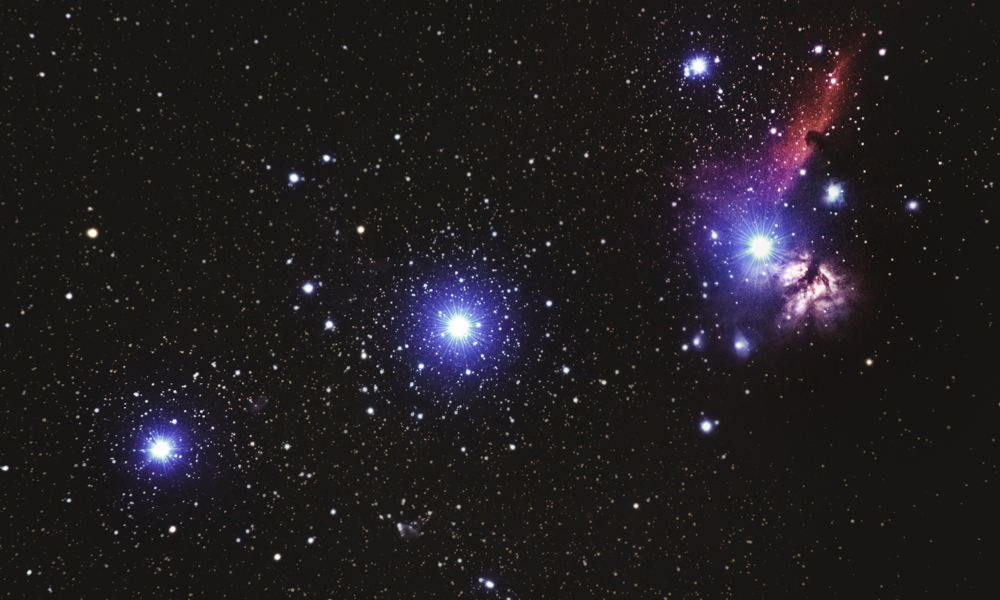
PROJECT TITLE: Advanced antennas for space communications — ADANSPACE
Coordinator: National Institute of Materials Physics
Partners:
- University POLITEHNICA of Bucharest
- Military Technical Academy
Period: 29 November 2013 – 26 November 2016
Project director: Dr. ing. Marian Gabriel Banciu
Project team: 142 person-month, 19 researchers and technicians, among of which 9 young researchers
Description: In order to satisfy the increased demands for communication systems, the European Space Agency established the ARTES roadmaps to leading-edge technologies in satellite communications, including next generation mobile satellite systems. The new adaptive beam-forming algorithm implemented in the proposed adaptive antenna systems will provide an increased signal to noise and interference ratio and increased bandwidth efficiency and, finally, an increased bit rate. Moreover, the new dielectric resonator antenna elements and the selective devices with low loss dielectric materials will offer a higher degree of miniaturization, due to the very high dielectric constant of the developed materials. An innovative aspect of the project will consists in the bandwidth improvement by using stacked multi-material resonators for the compact antenna elements. For an efficient implementation of the proposed signal processing, the algorithms will be implemented on Universal Software Radio Peripheral (USRP) platforms. Despite the fact that the aimed final TRL level is not higher than four, financial resources are planned for subcontracting, in order to carry out tests in an environment similar to space conditions. There is a strong interdisciplinary feature of the ADANSPACE project: specialists in microwave telecommunications work together with specialists in signal processing, in electromagnetic simulation and in preparation and characterization of advanced materials. The Coordinator team has a valuable experience in microwave material preparation and microwave device development. The project will employ the Coordinator’s state-of-the-art equipment (PNAX vector network analyzer covering 10 MHz – 500 GHz frequency band, Anechoic chamber, Terahertz time domain spectrometer up to 7 THz, CST studio suite and HFSS electromagnetic simulation software, etc). Partner 1 is the largest technical university of Romania, having a significant experience in telecommunication systems, including space communications. Partner 2 is a technical university highly experienced in telecommunications for special applications, in remote sensing, and with strong European cooperation on antennas systems. The project combines the solid expertise of experienced researchers with the enthusiasm of many young researchers.
Project objectives:
- Development of advanced materials with high dielectric constant, which can allow the design of a new generation of small antennas, with the purpose of radio equipment miniaturization. The new developed materials will be used in the design and production of dielectric resonator antennas.
- Design and manufacture of new dielectric resonator antenna elements
- Design and manufacture of a new adaptive antenna array with dielectric resonators.
- Setting the requirements for the antenna system used by 4G and 5G communication systems. To accomplish this goal, it will be taken into account the fact that use of traditional methods of multiplexing (the division in the time domain, frequency and code) offers limited resources. Following the evolution of the new radio communication systems, a new dimension – such as space multiplexing – has to be exploited. This solution involves the use of adaptive antenna systems that allow selection of a spatial correspondent, increasing this way the coverage area, distance, and capacity. At the same time, decreasing of signal interference and co-channel interference is obtained.
- Analysis of the propagation environment for the frequency bands used by radio communications systems, mobile phones and other types of communication systems. In order to accomplish this task spectral measurements will be done and the theoretical results will be compared to standardized channel models, establishing to what extent these models can be applied to satellite communications
Activities:
WP1 – Management and dissemination (months 1 – 36)
WP2 – New dielectric resonator antenna elements with improved characteristics (months 1 – 10)
- Study of the coupling type and of the ground size on the antenna characteristics
- Design and manufacturing of antennas with multi-material resonators
- Microwave characterization of the DRA antenna elements
- Optimizing the DRA antenna elements for the antenna array
WP3 – Selective devices for space applications (months 11 – 19)
- Study of the multi-mode configurations
- Electromagnetic design of selective devices
- Manufacturing of selective devices
- Multiport characterization of selective devices
WP4 – Adaptive antenna array (months 20 – 36)
- Study of the coupling effects between the array elements
- Design and implementation of the beam forming algorithms
- Design and manufacture of the adaptive antenna
- Testing of the new algorithms on the developed antenna array
- Analysis of the impact of the rapid technical evolution and market trends
- Optimization of the antenna array
Contributions to the STAR programme objectives: The project also aims to improve the capacity of the Romanian research, innovation activities, and visibility for space applications, and to increase the competitiveness of Romanian organizations for participation to the activities of the European Space Agency.
Homepage: ADANSPACE
